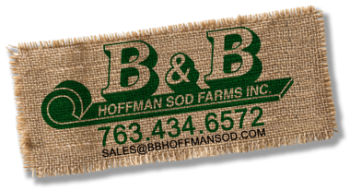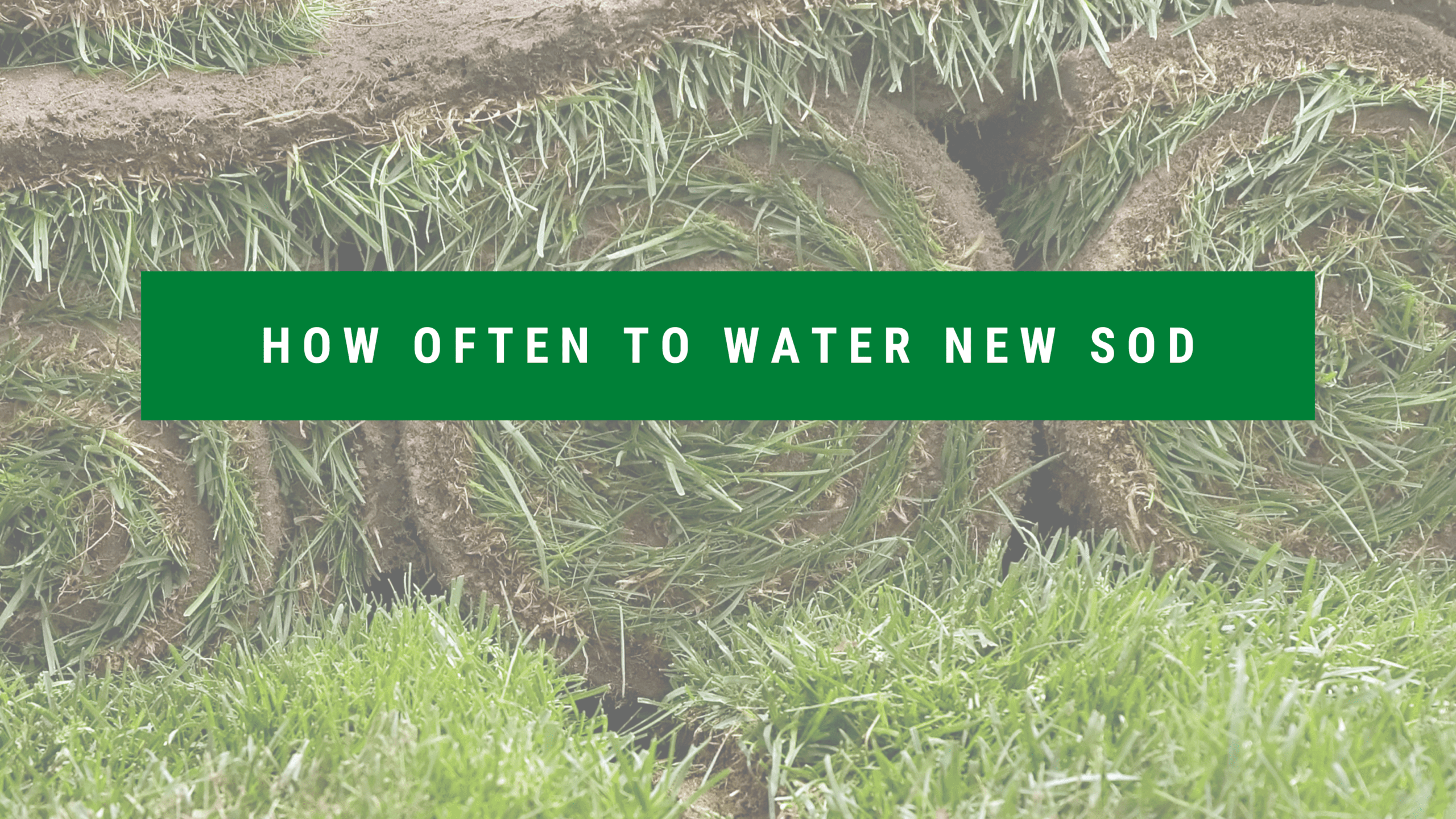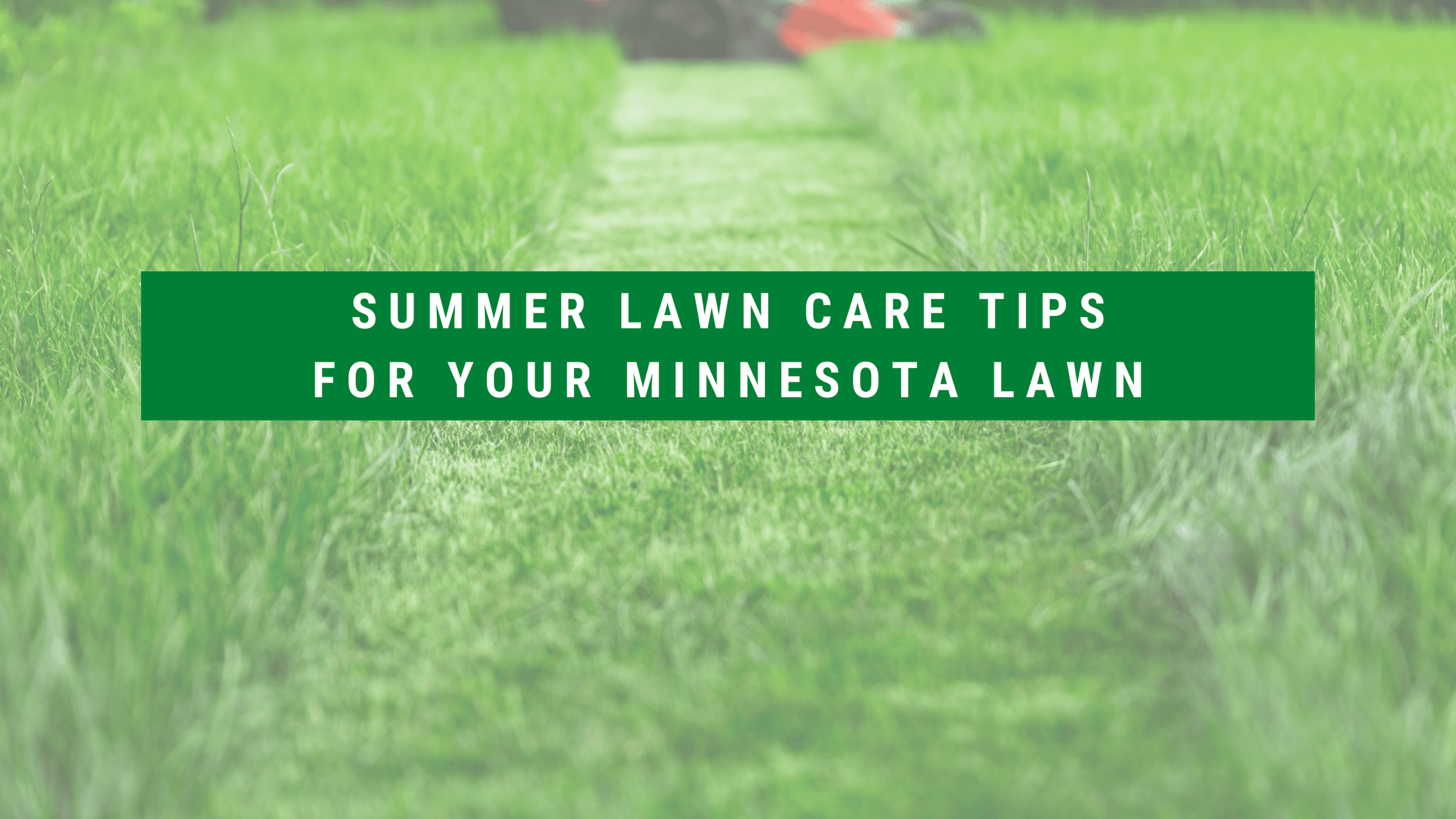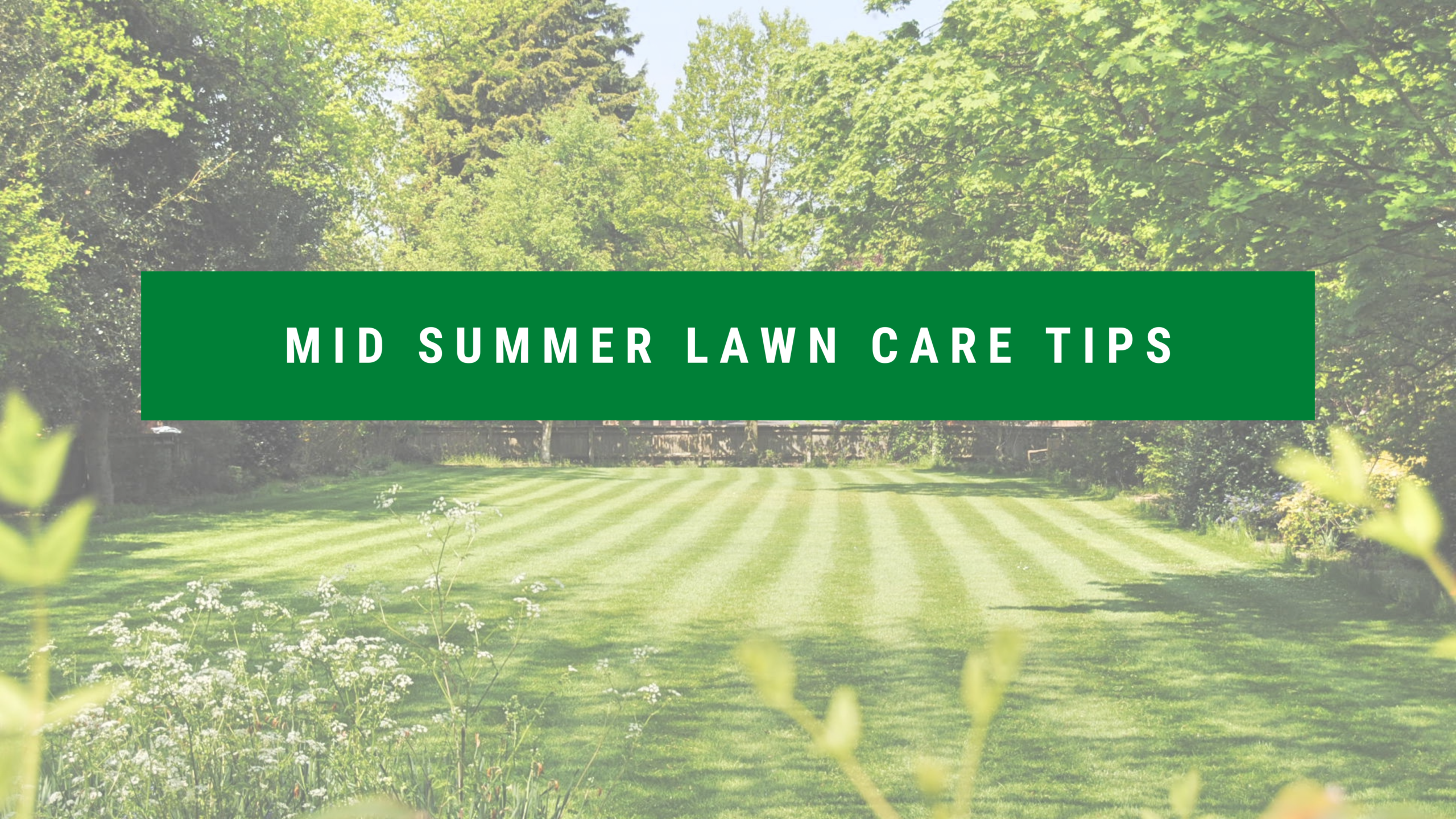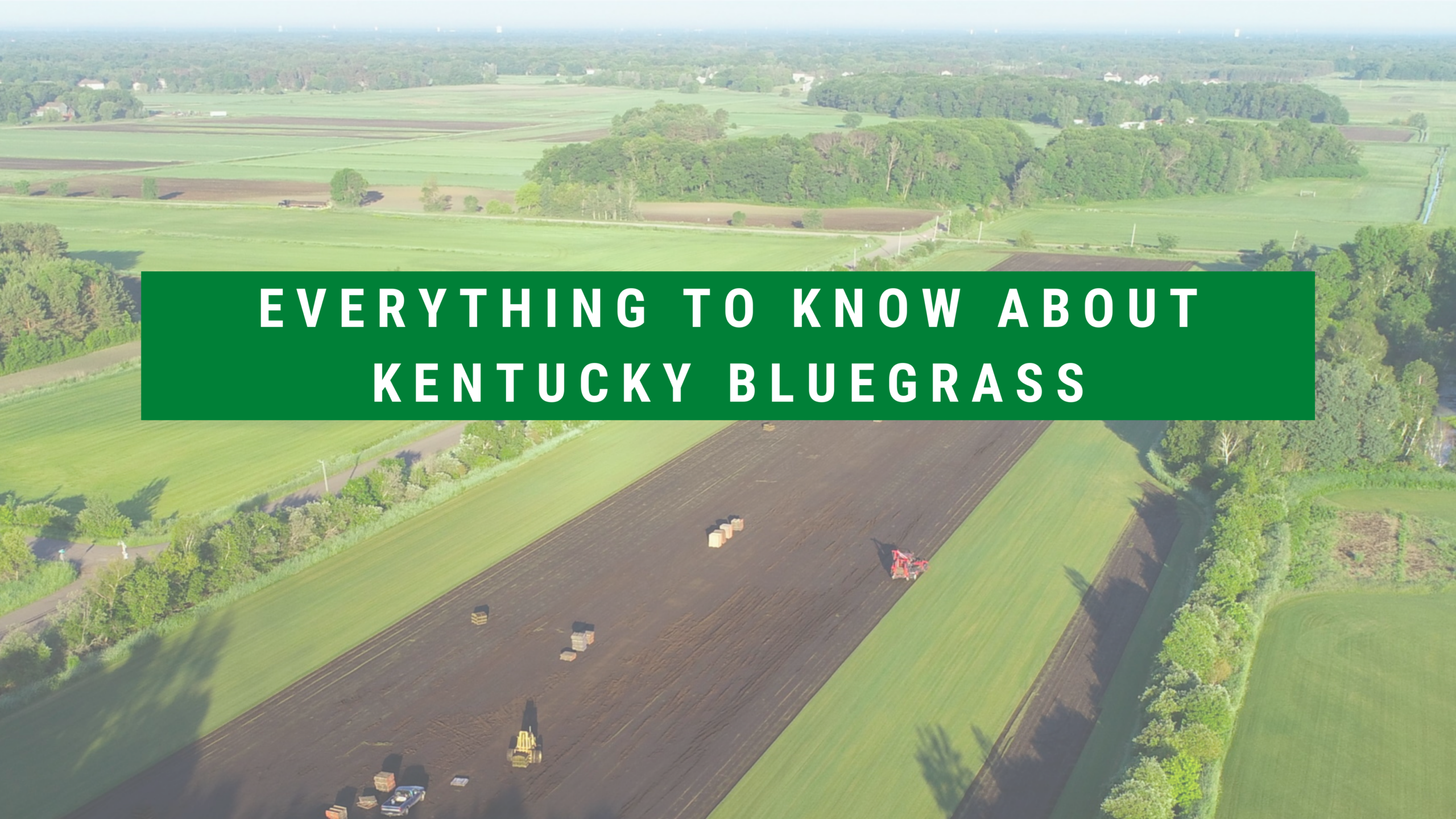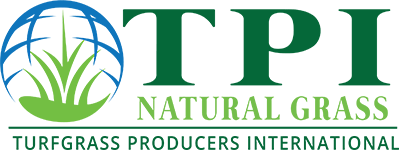As the intense heat of summer starts, be certain you’re tending to your new lawn to ensure that it will flourish going forward. Getting sufficient water onto new sod, and keeping it moist throughout the next few weeks is critical. Below is a breakdown of what your watering schedule should look like.
The day of installation.
As you install your new sod, be sure to have the sprinklers going right away. Start your sprinklers once you have an area installed large enough that you won’t get wet as you continue to lay your new sod. In dry or windy conditions, move your sprinklers often so no area goes too long without water. Be sure to water long enough that when you lift a roll of sod, the water has penetrated through the sod and has saturated the ground underneath…. Bog like.
The next three weeks.
Keep the below-turf soil surface moist with daily (or more) waterings. Your sod is like a wet sponge– it is moist when it’s laid down and if it’s not watered immediately, the sod will shrink which can lead to cracks between each roll. If your sod looks dry or has a bluish look, water immediately! When you water every day it takes less water to keep the sod moist. Plan to water your new sod two to four times each day for the first seven to ten days after it is laid.
Tip one.
Water long enough so that when you step onto the sod it’s squishy, or set a tuna can out by the sprinkler and when it’s filled, move your sprinkler to a new area. If you use a pulsating sprinkler or a sprinkler system, it should take approximately 45 minutes. An oscillating sprinkler will take about one hour.
Tip two.
Water as early in the morning as possible. The morning usually has lower wind speeds and has less loss of water evaporation.
Tip three.
If you have issues with runoff on sloped areas before the soil is adequately moist, turn off the water when runoff begins, wait 30 minutes and restart the watering on the same area.
Tip four.
Make SURE that the areas being watered over-lap. Corners and edges are particularly vulnerable to drying out faster than the center of new sod.
Always monitor your lawn for signs of dryness. If you find there are spots your sprinklers aren’t reaching, use a handheld sprayer to spot-water those areas. Your vigilant work will be worth it when you have a lush green lawn to enjoy for years to come. B&B Hoffman Sod is available to answer any questions at 763-434-6572!
